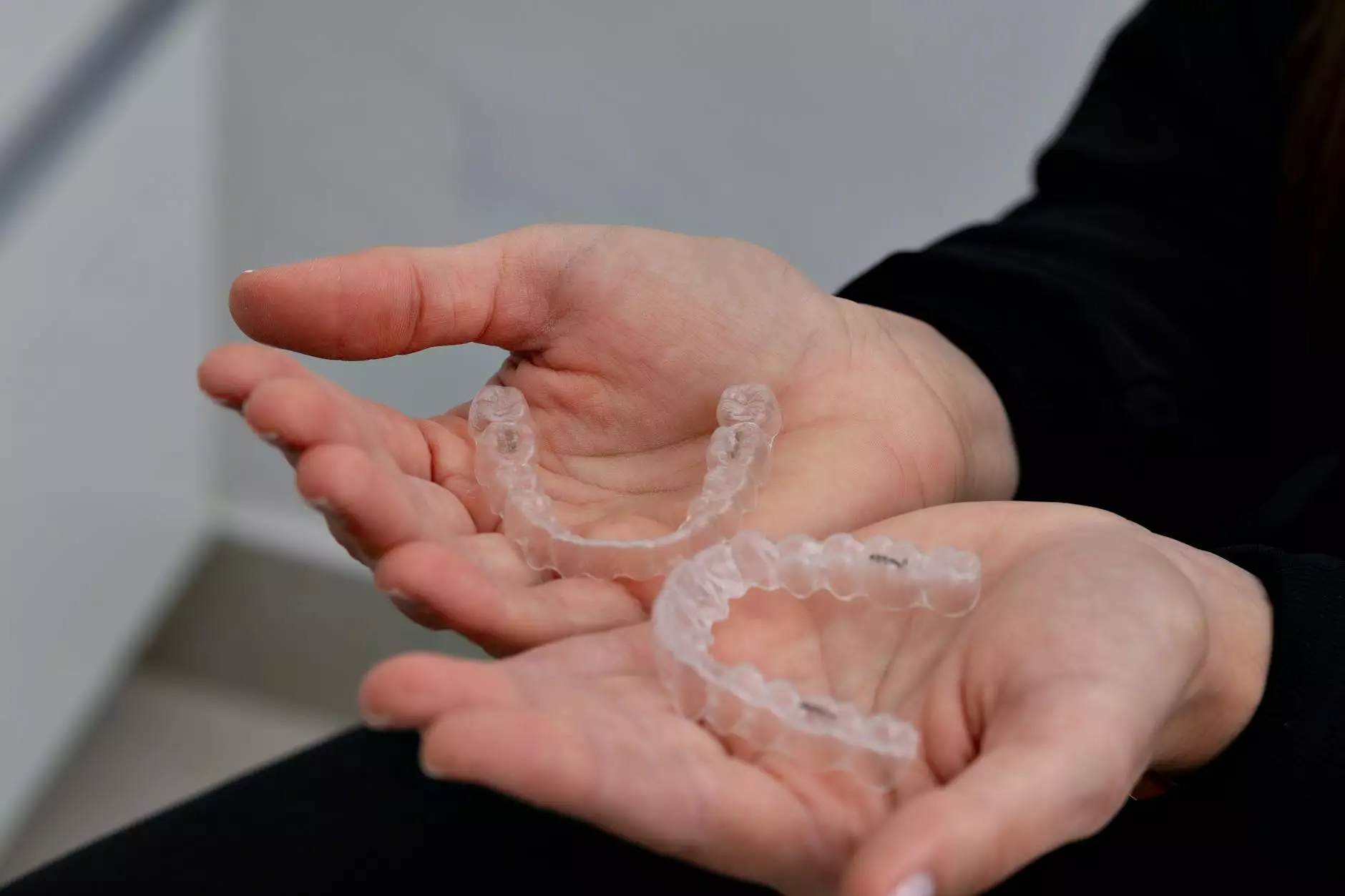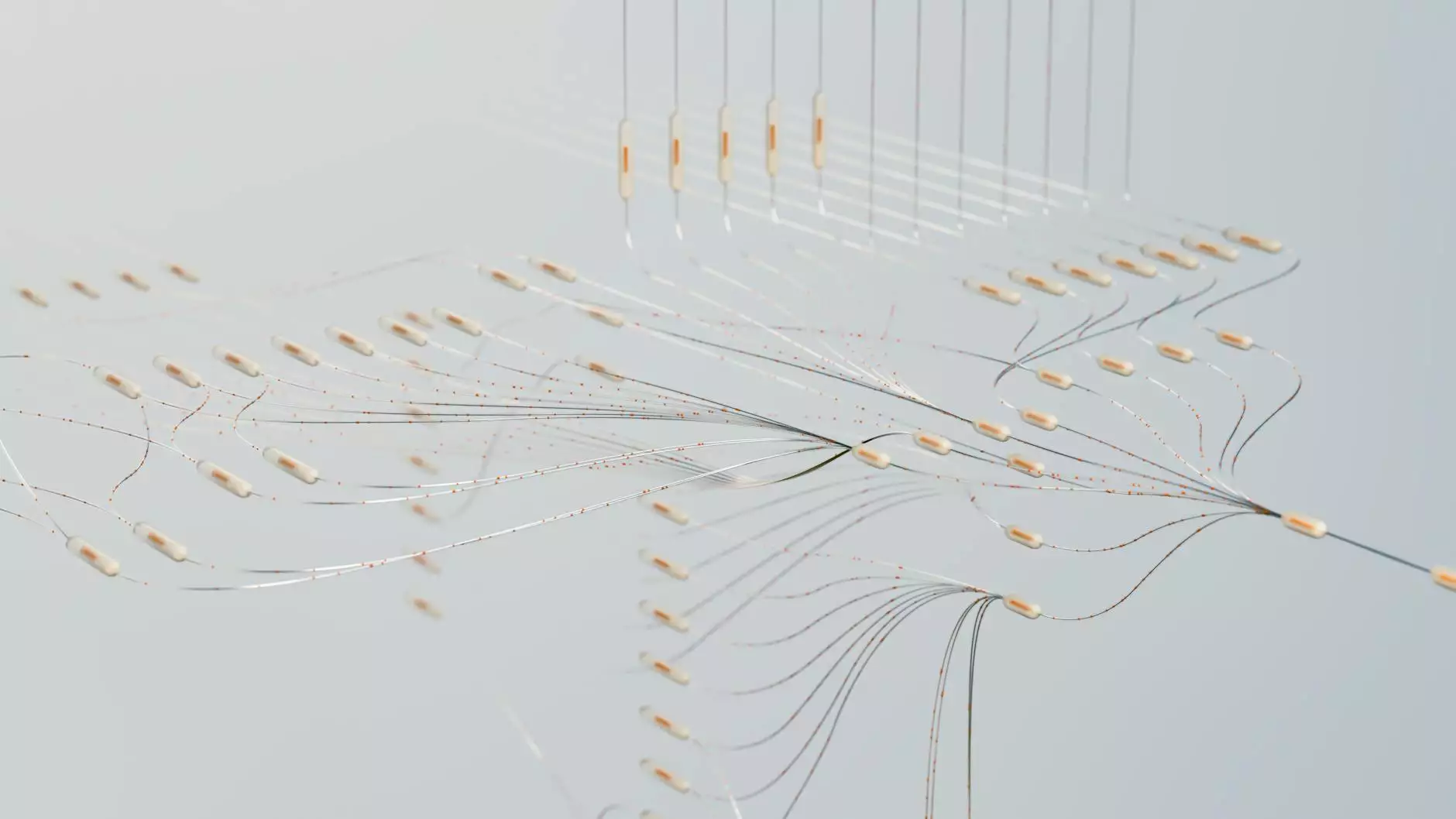The Unmatched Versatility of Ultem in 3D Printing

Ultem, also known as polyetherimide (PEI), is a remarkable thermoplastic that is widely acknowledged for its high-performance characteristics, making it one of the best materials in the realm of 3D printing. With a reputation that stretches across various industries, including aerospace, automotive, and electronics, Ultem continues to shine as a preferred choice for complex designs and demanding applications.
What is Ultem?
Ultem is a special type of thermoplastic polyimide that boasts a unique combination of thermal stability, chemical resistance, and mechanical strength. This engineering plastic is distinguished by its ability to withstand high temperatures (up to 217 °C or 423 °F) while maintaining its integrity and mechanical properties. These characteristics make Ultem an ideal candidate for applications that require versatility and durability.
Key Properties of Ultem
Understanding the unique properties of Ultem is essential for leveraging its benefits in 3D printing. Here are some of its notable attributes:
- High Thermal Stability: Ultem can operate at elevated temperatures without significant degradation, making it suitable for environments that require heat resistance.
- Chemical Resistance: It exhibits excellent resistance to a wide range of chemicals, including solvents, oils, and acids, ensuring longevity in harsh environments.
- Electrical Insulation: Ultem is an outstanding electrical insulator, which is critical in electronic applications requiring non-conductive materials.
- High Strength-to-Weight Ratio: Its robust mechanical properties ensure that parts made from Ultem are lightweight yet strong, perfect for aerospace applications.
- Biocompatibility: It is safe for certain medical applications, offering an essential feature for the healthcare industry.
Applications of Ultem in 3D Printing
The versatility of Ultem lends itself to a myriad of applications within 3D printing. Here are some industries wherein Ultem is making a significant impact:
Aerospace
In the aerospace sector, weight reduction is a crucial factor. Parts that are lightweight yet strong can enhance fuel efficiency and overall performance. Ultem's high strength-to-weight ratio makes it ideal for manufacturing components such as:
- Structural components
- Internal parts for aircraft
- Heat shields
Automotive
The automotive industry, known for its rigorous demands on materials, benefits from Ultem's properties. This material can be used for:
- Engine components
- Interior parts that require durability and design flexibility
- Electrical enclosures that need high-temperature resistance
Electronics
In the electronics industry, Ultem's electrical insulation properties make it a popular choice for components such as:
- Connectors
- Circuit boards
- Casings for electronic devices
Medical Devices
Ultem's biocompatibility opens doors in the medical field, allowing for the production of devices such as:
- Surgical instruments
- Drug delivery systems
- Implantable devices
3D Printing Process Using Ultem
3D printing with Ultem involves specific techniques and equipment to fully realize its potential. Here’s a detailed look at the typical process:
Filament Preparation
Ultem is available in filament form for various 3D printing technologies. Choosing the right filament diameter is crucial, usually either 1.75mm or 2.85mm, depending on the printer model.
Printer Setup
Utilizing Ultem in 3D printing requires a high-performance printer that can reach the necessary extrusion temperatures (often around 360°C or 680°F). Proper bed preparation is essential, as good adhesion is crucial for successful layer formation.
Printing Techniques
Both Fused Deposition Modeling (FDM) and Selective Laser Sintering (SLS) are commonly used for printing Ultem. Each technique has its own set of advantages:
- FDM: Allows for detailed layer-by-layer construction, further enhancing design complexity.
- SLS: Involves the use of a laser to fuse particles, creating strong and dense parts, particularly advantageous for intricate designs.
Benefits of Using Ultem in 3D Printing
Choosing Ultem for 3D printing brings a multitude of advantages, making it a superior choice for engineers and designers alike:
Enhanced Performance
The high-performance traits of Ultem translate directly into enhanced operational capabilities, adapting effectively to demanding environments.
Cost-Effectiveness
While Ultem may be more expensive than other materials, its durability can reduce the need for replacements, ultimately saving costs in the long run.
Design Flexibility
Ultem enables complex geometries that traditional manufacturing methods cannot achieve, giving designers unprecedented freedom to innovate.
Challenges and Considerations
Despite its many benefits, there are challenges to consider when using Ultem in 3D printing:
High Printing Temperatures
Handling Ultem requires specialized equipment to achieve and maintain the high temperatures necessary for proper printing, which may not be available to all users.
Cost of Material
As mentioned, the upfront cost of Ultem can be a barrier for some projects, especially in sectors with tight budgets. However, the long-term benefits often outweigh these initial expenses.
Conclusion
In conclusion, Ultem stands as a titan in the world of 3D printing. Its exceptional properties and versatility have made it indispensable across various industries. Whether in aerospace, automotive, electronics, or medical applications, the use of Ultem continues to expand, transforming how we think about manufacturing and design. With a keen understanding of this material's capabilities, businesses can harness the power of 3D printing to innovate and enhance their product offerings.
As Ultem technology continues to develop, it is crucial for companies like infotron.com.tr to stay at the forefront of these advancements. Embracing materials like Ultem allows businesses not only to keep pace with industry standards but also to lead the charge toward a more efficient, innovative future.









